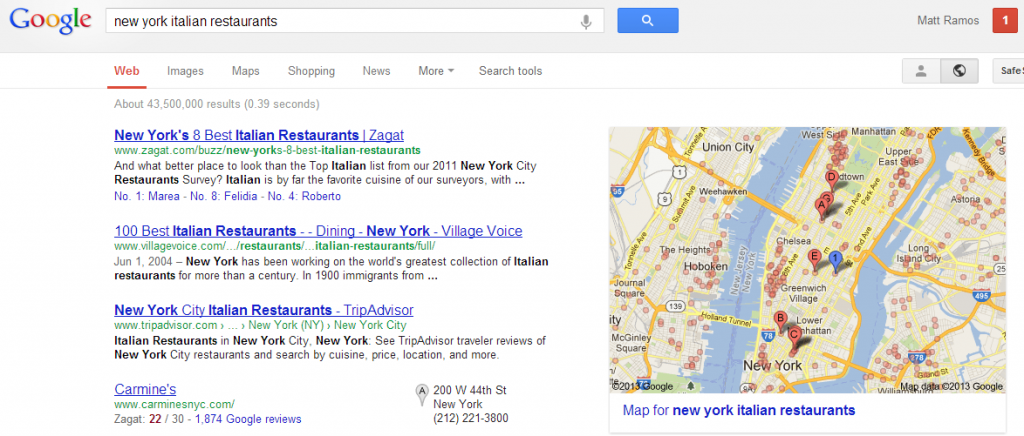
On-line shopping is expected to nearly double by 2016 and thus security on Ecommerce websites will also continue to be in the forefront.
Hacking
With the increase in on-line shopping, there also seems to be a continued increase in the amount of hacking. According to MarketWatch, a study done by a provider of security intelligence  indicated that the number of records exposed totaled an all-time high 368 million in 2011. These numbers could in all actuality be closer to 1.2 billion due to 33 percent of reported data breaches involving an unknown amount of lost records.
indicated that the number of records exposed totaled an all-time high 368 million in 2011. These numbers could in all actuality be closer to 1.2 billion due to 33 percent of reported data breaches involving an unknown amount of lost records.
The study also revealed that hacking caused 33 percent of 2011 data breaches, accounting for 83 percent of all exposed information. Additionally, hacking surpassed stolen laptops as the most prevalent type of data breach, the report said. For 2012, a report by Verizon Business estimated 174 million compromised records, 81% of which utilized some form of hacking. This is a 170 million record increase from last year alone.
The Problem with McAfee, Trust Guard
A recent study even points to a big security breach in certifications that are supposed to indicate that websites are safe. McAfee Trust Guard Certification is a secure trust mark service that is supposed to be an easy way for on-line shoppers to know that a site is secure and has gone through rigorous security scans. However, it has now been revealed that the program has become a tip off for hackers that know easily exploited vulnerabilities with the McAfee Trust Guard system and use this as a way to hack that websites information.
One of the problems is a design flaw in the service that allows hackers to find out very quickly which sites have had their seals revoked. A revoked seal might mean that the site can no longer pass the daily security test. It can also mean that the company, which owns the site, can no longer pay its bill or the site has been inaccessible for a long period of time. In other words there is a big red marker on these sites that say to hackers, “come hack me!”
Why does this matter to consumers?
 – Hackers can steal your identity, credit card numbers, bank account information, and other personal information
– Hackers can steal your identity, credit card numbers, bank account information, and other personal information
– The damage that hackers can do is a major inconvenience for consumers
– Sellers are held financially accountable for any security problems like credit card theft. The businesses ultimately pass these costs onto consumers.
What can consumers do for protection?
– If you have a credit card saved for your profile on a shopping site, make sure to cancel that credit card and have the bank send a new card
– Make sure that your spam folder is working on your E-mail account. If the on-line shopping site is hacked, the primary E-mail address on your account will be more prone to spam and phishing attacks. An updated spam filter will help to minimize these attacks.
– Make sure that your social security number and/or birthday are not listed on the comprised shopping site. If you fear that this information has been exposed, it may be a good idea to get some identity theft protection implemented. This should be something the shopping site/company should pay for.
Protecting you through providing informative technology and social media information, Eric Wagner Marketing.
Image Credits: renjith krishnan, chanpipat & Sura Nualpradid


